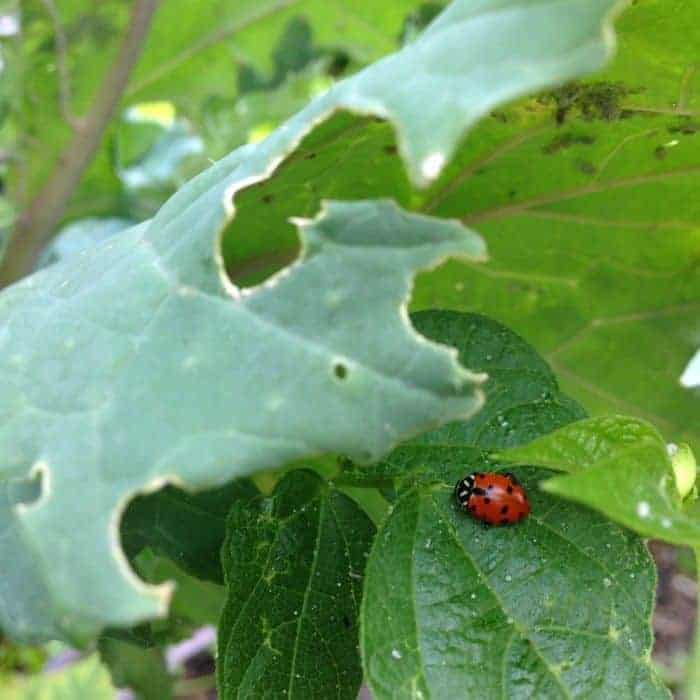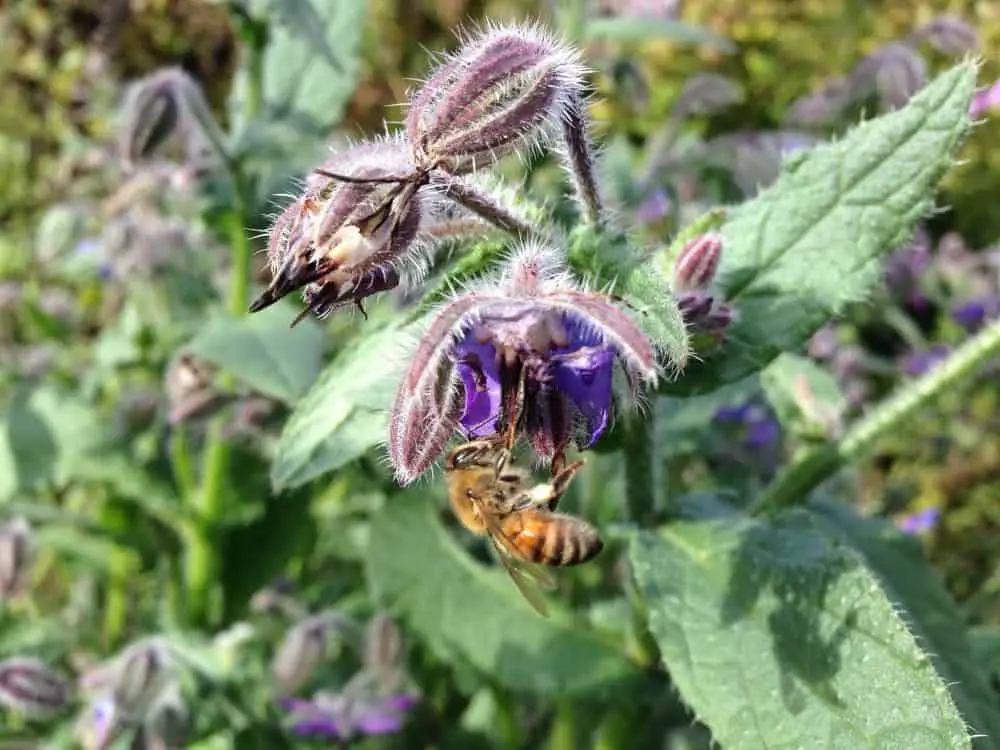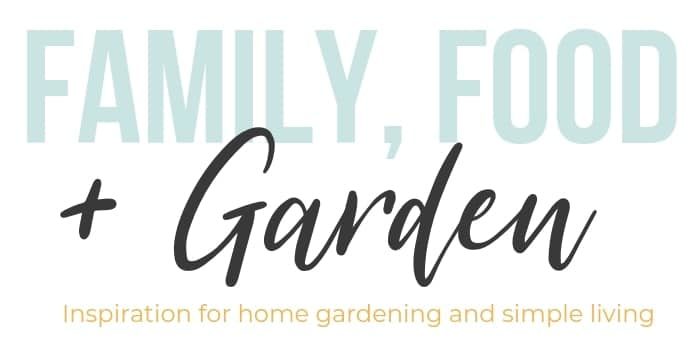
One thing I love doing in my garden is observing patterns and witnessing nature.
Growing healthy fresh food is the main reason why I grow food, but I also love to sit and observe things grow and the life buzzing in the garden.
When you learn to build healthy soil you realize that it’s the life and death cycle that’s important. It’s the decomposition that makes soil so rich and full of the microorganisms. These are needed to sustain that perfect balance. The chaos of nature is constantly up and down.
Some years it’s the pests that seem to be winning, other years the predators are higher that season.
We see a lot of life cycles in life, nature and thus similar patterns in the garden. How often have you said ‘The cabbage moths are bad this year’ or ‘everyone’s squash are failing this year because of powdery mildew’.
However in the garden we also tend to see a bad bug and freak out, spray it away to save our food.

I’m also guilty of doing that (with a homemade cayenne, garlic or dish soap spray), other times I let things unfold first. Like the ladybugs I’ve witnessed thriving because I lost my spring kale to aphids. My crops failed, but the ladybugs were happy and in abundance because of the increased food supply. The ecosystem balance managed to restore itself and my aphid problems were diminished for the rest of the year because the aphid predators helped me.
You can help by growing plants that attract wild pollinators & beneficial bugs.

It’s great to learn what the good bugs, and bad bugs are.
You can also help by attracting the good bugs to eat the bad ones is an excellent way of using biodiversity for pest control.
The truth is gardening is about growing food, but it’s also about finding a balance with pests and pollination.
The wild bees LOVE flowering wild weeds and you can attract them with the right flowers.

I can tell you that the crickets would do far more damage if I didn’t have so many weeds for the garden snakes to hide in.
These snakes take care of them for me. If I discouraged the wasps then I wouldn’t see them eating all the dreaded brassica cabbage worms daily for me. And if I didn’t have so many wild weeds going to flower and seed, I wouldn’t have the wild bees thriving in our garden ecosystem.
It also helps to grow wildflowers or long blooming summer flowers that bumblebees love.
True ecosystem gardening is allowing more than just your own vegetables to grow, it’s creating a nature haven full of diversity. In nature the more diversity a place has, the better chance it has at survival and maintaining its balance. This will help with pollination and pests.

But people always talk about saving the honeybee, what about the wild bees?
Our monoculture & large-scale food production, not to mention even domestic gardening, does nothing for most wild bees. We’re losing an astounding amount of wild bees and they’re just as important as the honeybee.
Both bees are important to our food pollination and important to focus on helping and preserving them. We need them.
So when I’m observing my garden, I notice the flowers that wild pollinators go for. I make a note to plan more wild flowers to attract wild pollinators.
Million Pollinator Garden Challenge
Pollinators Need Your Help!
Pollinators are responsible for 1 out of 3 bites of food we take each day, and yet pollinators are at critical point in their own survival. Many reasons contribute to their recent decline. We know for certain, however, that more nectar and pollen sources provided by more flowering plants and trees will help improve their health and numbers. Increasing the number of pollinator-friendly gardens and landscapes will help revive the health of bees, butterflies, birds, bats and other pollinators across the country.’
Check out the Million Pollinator Garden Challenge
Attracting Birds & Bees

Source: Partselect.com

Source: Fix.com Blog

Source: Fix.com Blog

So I’m thankful and blessed for both to coexist in my ecosystem garden. I’m grateful to creatures of all sizes that have helped me with my garden pests.
So should we grow beautiful gardens with perfect pathways and no weeds?
The human eye is drawn to the beauty of tidiness but just remember, as hard as it is, sometimes it’s not just about you and your food. If you can keep the bees and other creatures in mind they’re grateful. I’m not suggesting you let down all your barriers.
But we’re all living here, and the wild bees need help too. So plant some food for yourself, plant some wild flowers for them.












Now, that’s what called Perfection. Keep up!!
Your work seems to be informative. Thanks!!